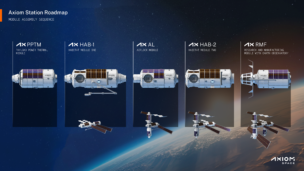SpaceX Set to Debut Upgraded Starship Vehicle
Wednesday’s planned Starship launch may be the seventh test flight of the mega-rocket, but it also represents a couple of important firsts—the first flight of the new and improved second stage and the first time the rocket will attempt to deploy payloads.











